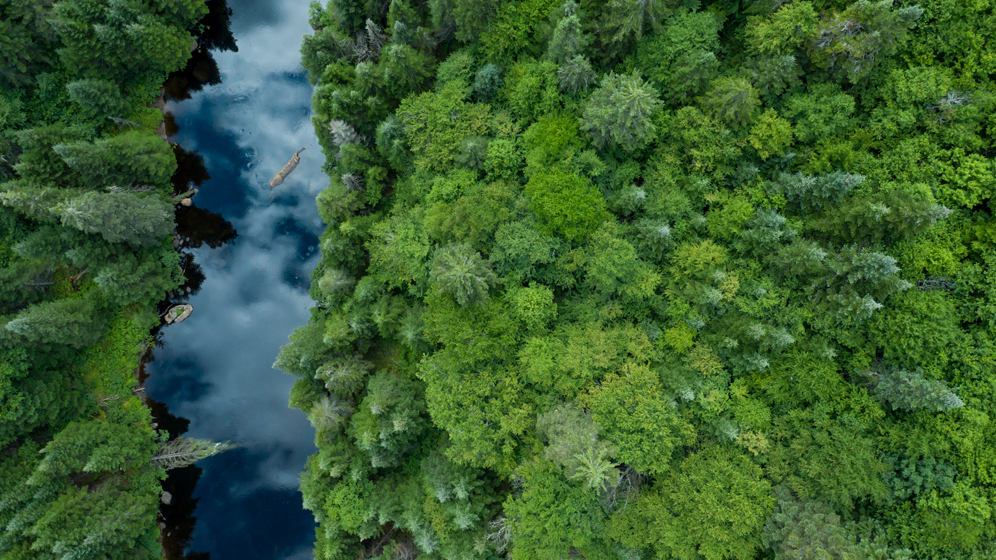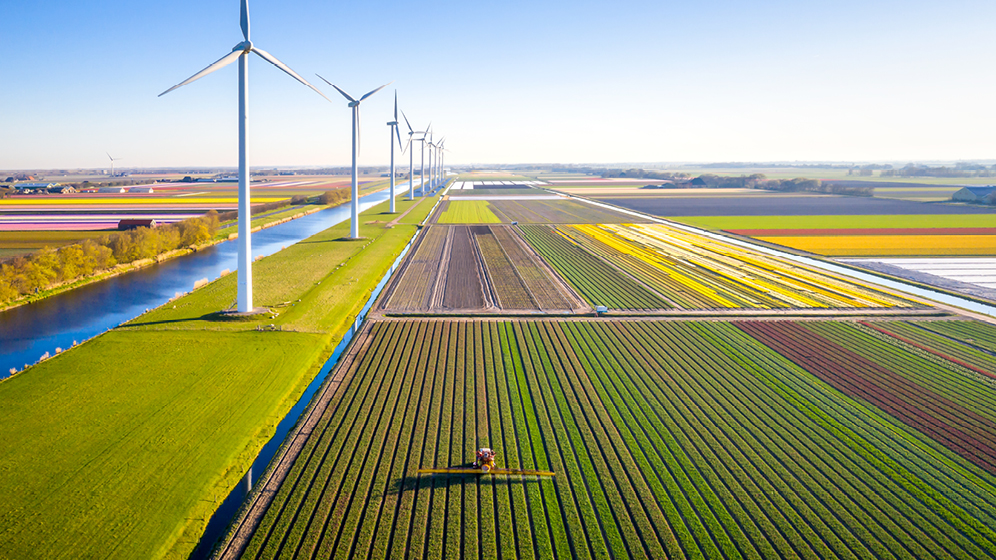Declining biodiversity on land and in the water threatens the very foundation of the global economy. We have therefore elevated biodiversity to be a major theme of our engagement program in 2022.
Editor’s note: This article first appeared in our 2022 Focus List.
We identified biodiversity loss last year as a rising systemic risk. We noted that we needed a better understanding of the implications of biodiversity loss in society and within our portfolio to determine how we could drive the greatest impact. It has become clear that biodiversity loss is a systemic risk on par with climate change, and the two are inextricably linked. Accelerating climate change will increase biodiversity loss, and increased biodiversity loss will hinder our ability to mitigate climate risks.
The importance of this connection was made clear at COP26, where increased support for the Leaders Pledge for Biodiversity and the announcement of the Glasgow Leaders’ Declaration on Forests and Land Use were key outcomes of the summit. The Glasgow Leaders’ Declaration on Forests and Land Use, which has the endorsement of signatory countries responsible for over 90% of the world’s existing forest cover, commits signatories to halt and reverse forest loss and land degradation by 2030. We anticipate the UN Biodiversity Conference in the spring of 2022 will be a catalyst for even greater global momentum on biodiversity.
Biodiversity loss is not just an ecosystem risk, as over half the global economy is highly or moderately dependent on nature, according to a 2020 report by the World Economic Forum and PWC. Meanwhile the decline in ecosystem services such as pollination, coastal protection, water yield, timber production, fish production and carbon sequestration could cost as much as $10 trillion annually by 2050, says the World Wildlife Fund.
Declining biodiversity on land and in the water threatens the very foundation of the global economy. We have therefore elevated biodiversity to be a major theme of our engagement program in 2022, with two sub-themes:
Impact and dependency assessment
Deforestation
Impact and dependency assessment
A significant barrier to progress on addressing biodiversity loss is that most companies (and their investors) don’t even know the extent of their reliance on biodiversity or their negative impacts on it. For investors, the lack of biodiversity-related data impedes our ability to measure the risks. More importantly, we can’t expect companies to effectively address biodiversity if they haven’t taken the time to assess their dependence and/or impact on biodiversity.
There are several models available that aim to assess these risks, and there is an effort to recreate the impact of the Task Force on Climate-related Financial Disclosures (one of the leading frameworks on climate reporting) through the creation of the Task Force on Nature-related Financial Disclosures (TNFD). The TNFD will be releasing a reporting framework for feedback in 2022, with the aim of having a final framework ready in 2023. We will be encouraging companies to engage with the TNFD and prepare for eventually aligning with the framework.
To allow us to better understand our exposure to biodiversity risk, we will be encouraging companies in key sectors to assess their dependency and impact on biodiversity, with the aim of developing an understanding of their major challenges and opportunities in this area. Even if these assessments are qualitative in nature, any improvement in assessment and measurement will be a critical first step for many companies.
Some companies might be ready to dive into the solution space, such as through the use of nature-based solutions or regenerative agriculture, and we will work to encourage these efforts where possible. However, we anticipate that many companies are only in the early stages of understanding the materiality of this issue, and we will be encouraging steady action on this systemic risk.
Deforestation
Food production, while highly dependent on healthy biodiversity, is the single largest negative impact on biodiversity, according to a report by Chatham House. Specifically, commodity-driven deforestation is one of the largest threats to sensitive ecosystems, particularly in developing nations. The removal of bio-diverse forests for the production of commodities such as beef, soy, and palm oil is a well-documented phenomenon and one that most investors are likely exposed to through the supply chain of the consumer goods sector or through the lending activities of banks.
With this in mind, we have made commodity-driven deforestation our initial focus and have committed to engage companies with the goal of eliminating sources of commodity-driven deforestation in our funds by 2025, in line with the Financial Sector Commitment Letter on Eliminating Commodity-driven Deforestation.
As we build out our work on this issue, we have prioritized collaboration with other investors to share learnings and align our engagements. In 2021 we joined two collaborative efforts on this issue: the UN PRI’s sustainable commodities practitioner’s working group, and Ceres’ land use and climate working group. Both efforts provide us the opportunity to collaborate on engagement and policy approaches with investors who are also conscious of the systemic risk presented by deforestation, while receiving support from technical experts and advisors.
While we will be raising this issue with some companies for the first time in 2022, engagement will build on previous learning from efforts to address supply chain impacts, including past concerns we’ve raised about sustainable palm oil certification. We’ll be looking for companies to assess their exposure to commodity-driven deforestation and detail strategies to eliminate it.




